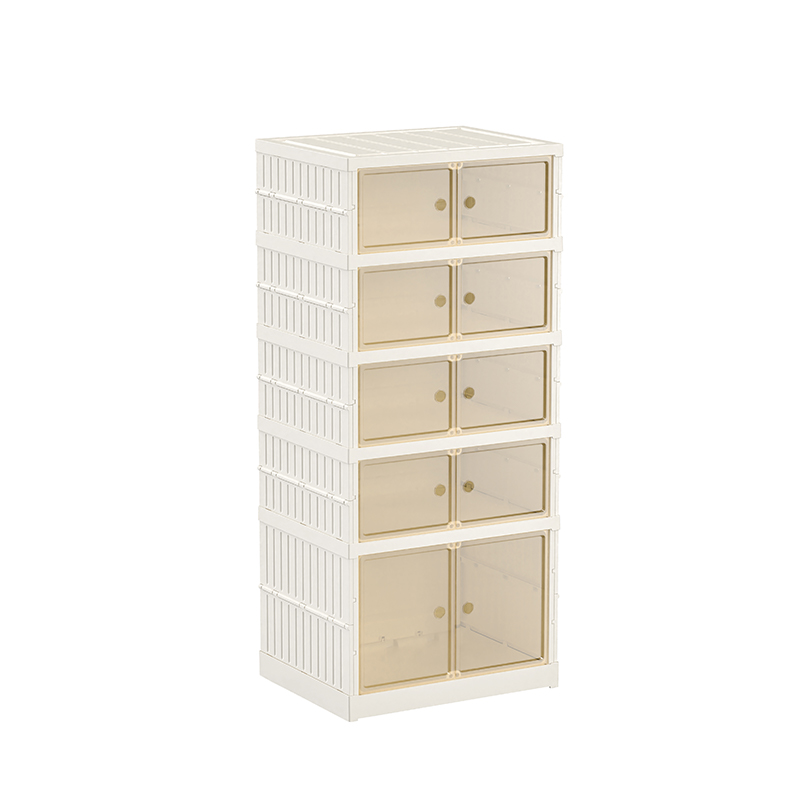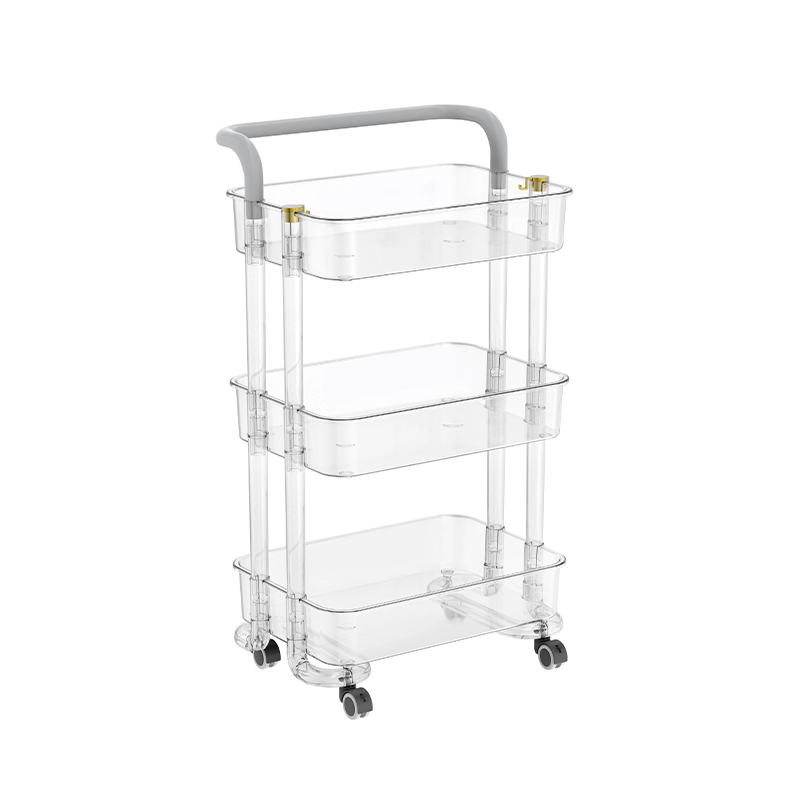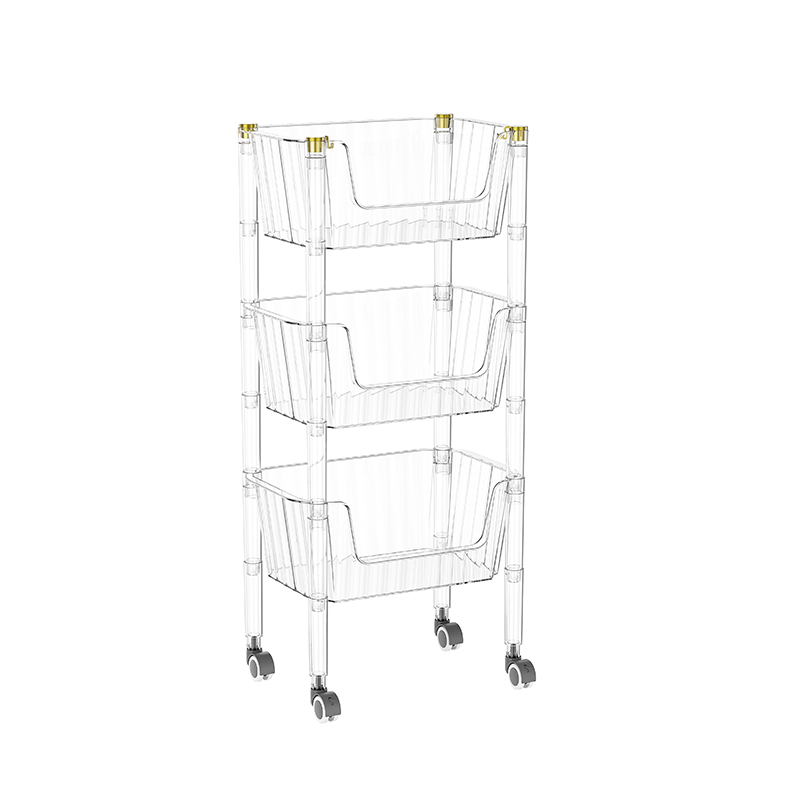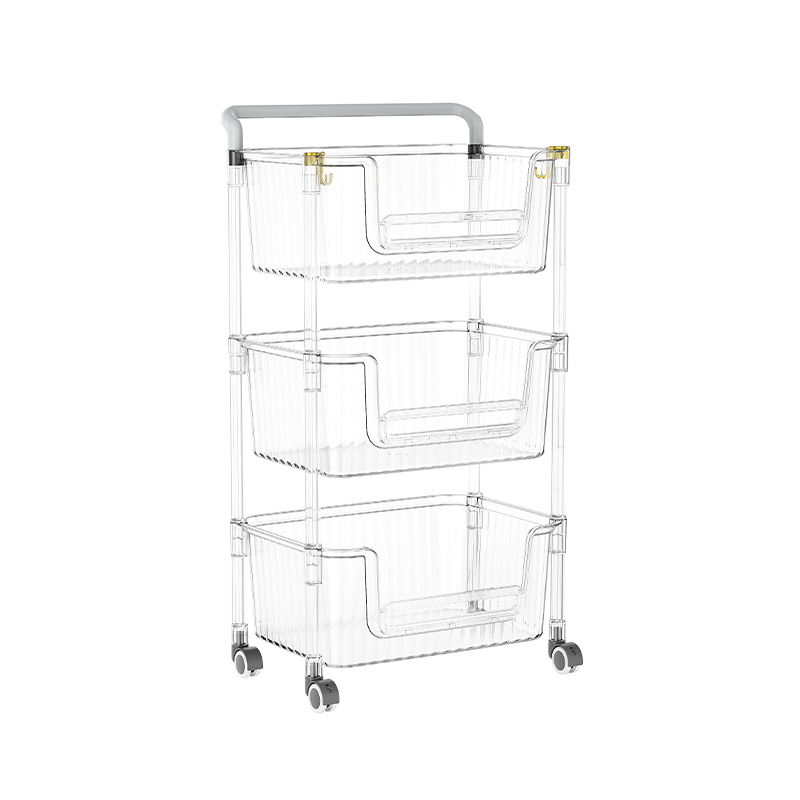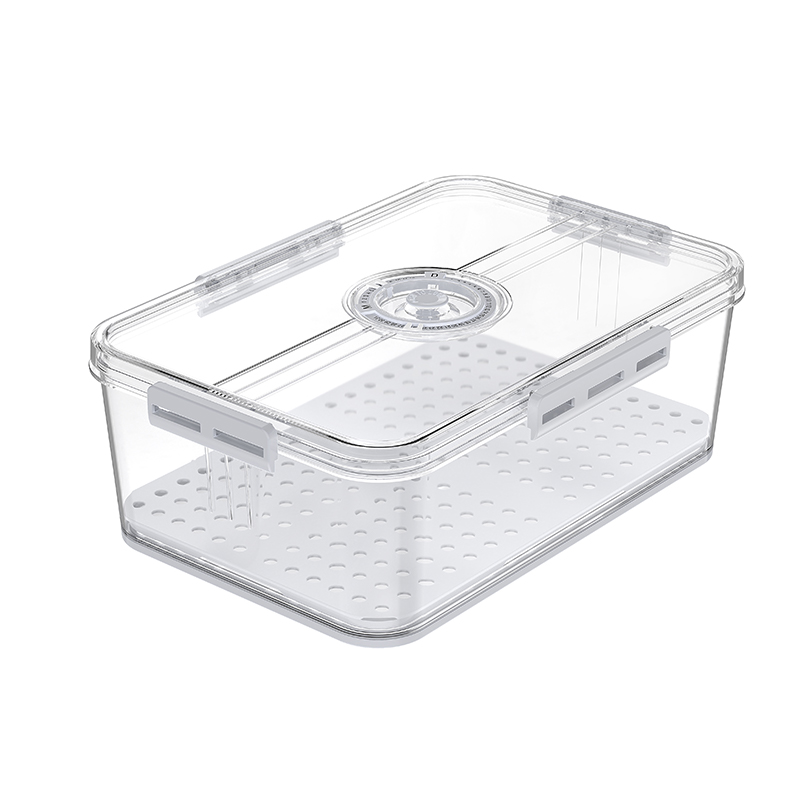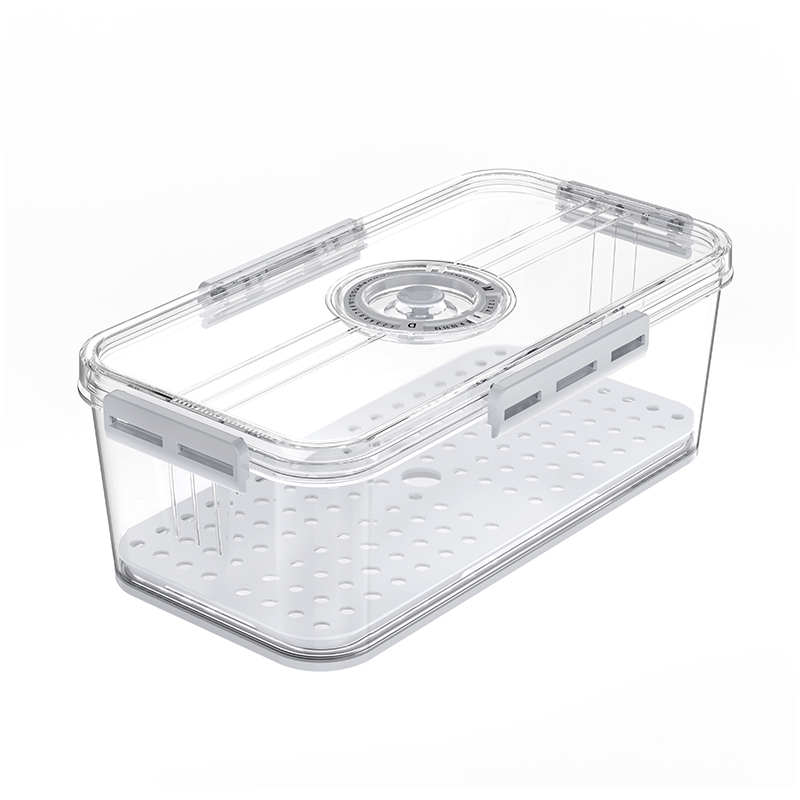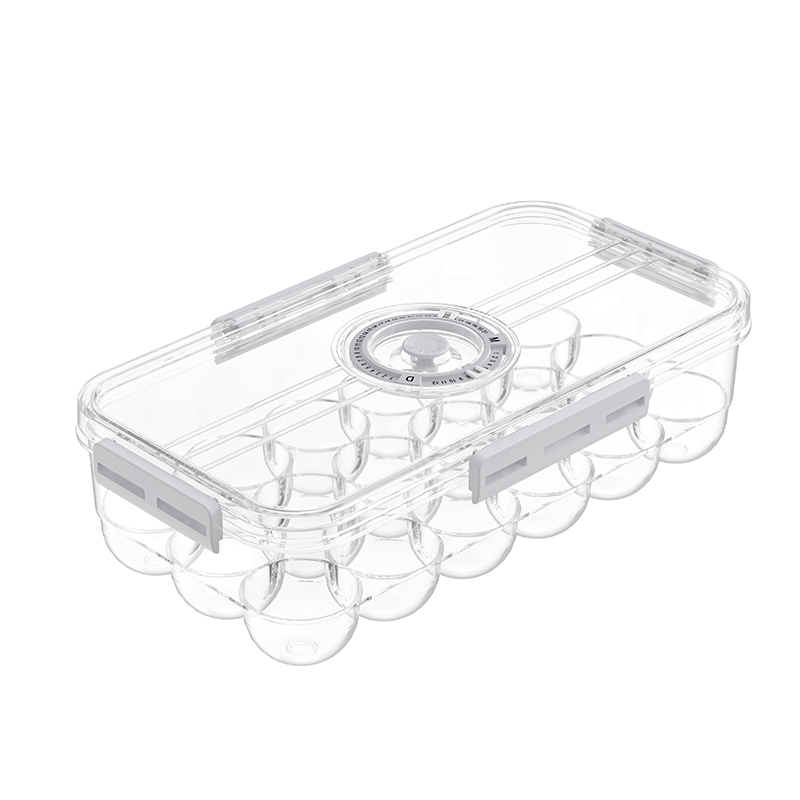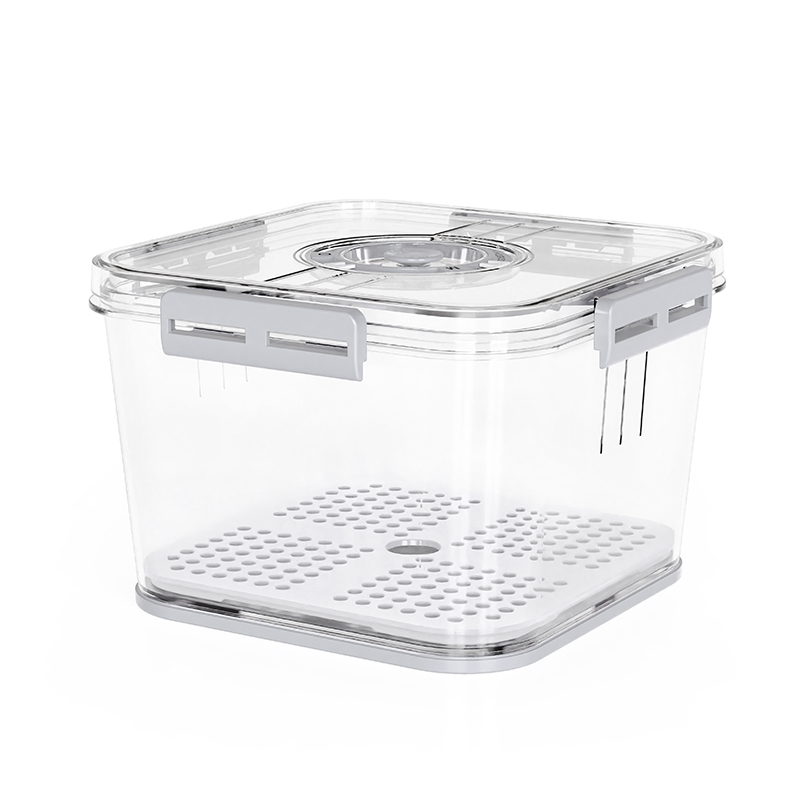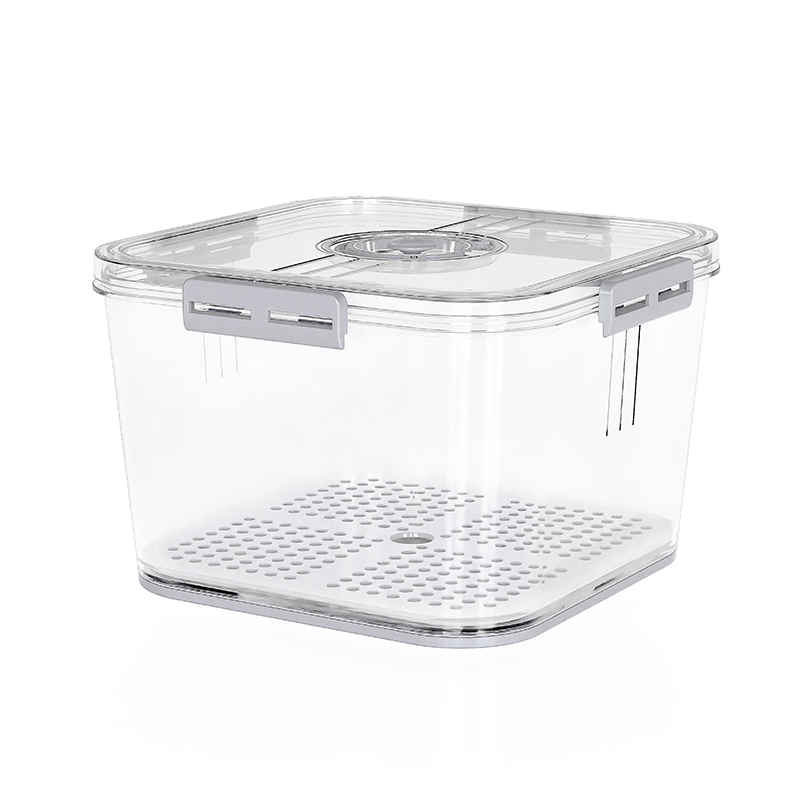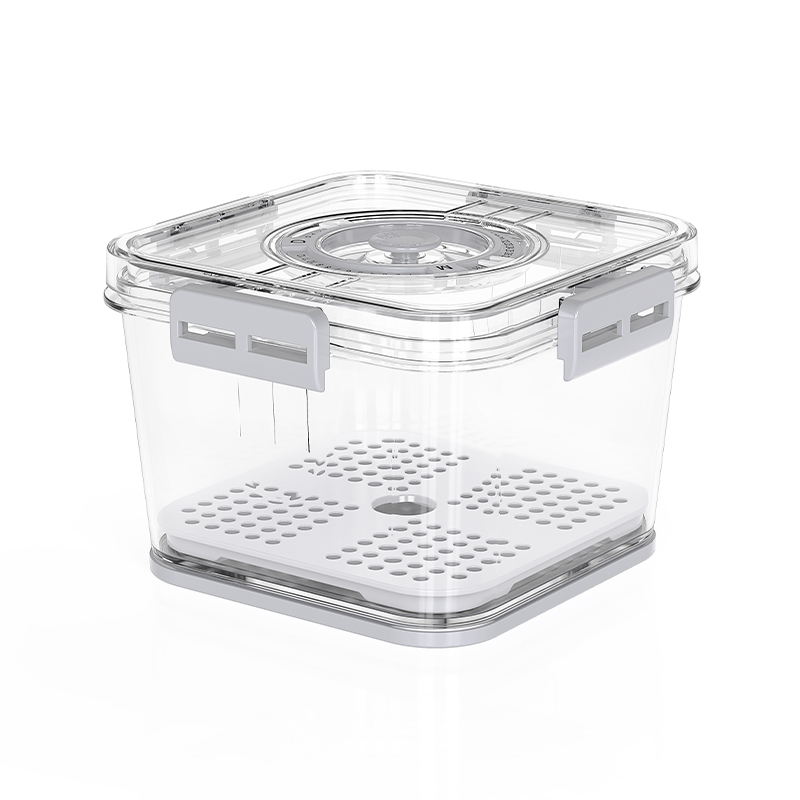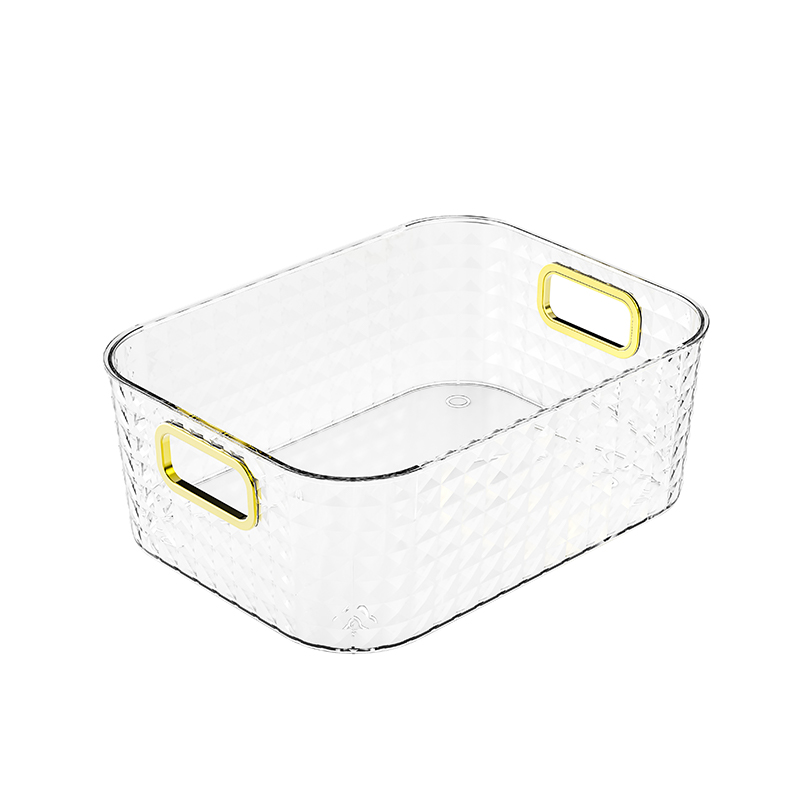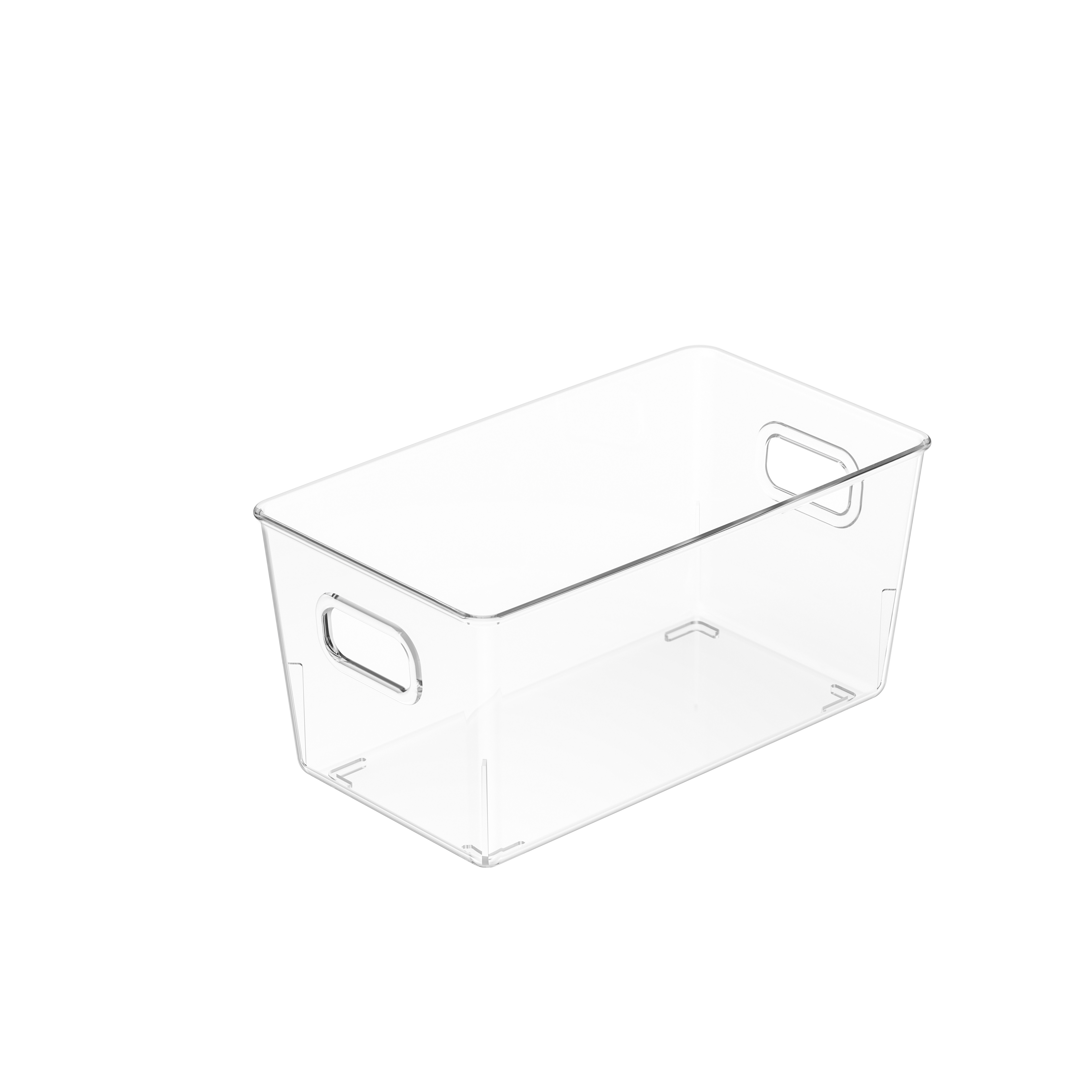Overview of Kitchen Plastic Storage
Kitchen plastic storage containers are commonly used in households to preserve dry goods, snacks, grains, and other food items. Their widespread popularity comes from their affordability, lightweight nature, and variety of shapes and sizes. An essential function of these containers is their ability to provide a sealed design that can prevent moisture and insect intrusion, which are two major concerns in food preservation. While not all plastic storage products offer the same level of sealing, many are engineered with features such as silicone gaskets, snap-lock lids, and tight-fitting closures to enhance food protection.
The Importance of Sealed Design in Food Storage
Sealed designs are a critical feature in kitchen storage containers because food can easily be spoiled by external elements. Moisture infiltration leads to clumping in items like flour, sugar, or spices, while grains and cereals can become stale when exposed to air. Similarly, open storage attracts insects such as ants, moths, or beetles, which compromise both hygiene and food safety. By using storage with a sealed lid, households can reduce these risks significantly. This design approach also helps extend the shelf life of food and reduces waste.
Materials Used in Kitchen Plastic Storage
Plastic storage containers are typically manufactured from food-grade plastics such as polypropylene (PP) or polyethylene (PE). These materials are selected because they are lightweight, durable, and resistant to moisture penetration. Some higher-end products may also include transparent polycarbonate to provide better visibility of the contents. The materials themselves are not inherently airtight, so the sealed function usually comes from the integration of lids with silicone or rubber gaskets, which ensure tight closure between the container body and the cover.
Types of Sealing Mechanisms
The sealing mechanism is the key factor that determines whether a plastic storage container can effectively prevent moisture and insects. The most common methods include snap-lock lids, twist-lock mechanisms, and push-down sealing systems. Snap-lock lids have side clamps that press the lid securely onto the body, often with a silicone gasket to fill in gaps. Twist-lock containers use threaded lids that screw onto the base, offering secure closure. Push-down systems involve pressing the lid to create suction, making the closure tight enough to resist external air and insect intrusion.
| Sealing Type | Mechanism | Effectiveness Against Moisture | Effectiveness Against Insects |
|---|---|---|---|
| Snap-Lock Lid | Clamps with silicone gasket | High | High |
| Twist-Lock Lid | Screw-on threads | Moderate to high | Moderate |
| Push-Down Suction | Air suction seal | High | High |
Effectiveness in Preventing Moisture
Plastic storage containers with sealed designs significantly reduce the chances of moisture entering the container. For example, containers with silicone gaskets provide a watertight barrier, which is essential in humid environments where food spoilage is more likely. Grains, pasta, or powdered ingredients stay dry and free-flowing when stored in such containers. On the other hand, containers without proper sealing allow moisture to seep in, causing texture changes and spoilage. Therefore, the effectiveness of preventing moisture depends heavily on the sealing method used.
Effectiveness in Preventing Insects
Sealed kitchen plastic storage also provides protection against insects. Ants, weevils, and moths are common in household kitchens, particularly when food is left in open packaging. A tightly sealed container prevents these pests from accessing stored food, maintaining hygiene and food safety. Containers with snap-lock lids and suction seals are particularly effective in preventing insects from sneaking inside, while containers with loosely fitting lids may not provide the same level of protection. Choosing the right type of sealing system is therefore important for pest control in food storage.
Comparison with Non-Sealed Containers
Non-sealed plastic containers, such as simple lids without gaskets, offer limited protection against moisture and pests. These containers may still help organize food but do not provide the same level of preservation. In contrast, sealed containers are specifically designed to maintain freshness and block unwanted elements. The difference in performance is significant, especially in areas with high humidity or frequent insect activity. Consumers should therefore be aware that not all plastic containers are equal in terms of sealing capability.
| Container Type | Moisture Protection | Insect Protection | Best Use |
|---|---|---|---|
| Non-Sealed Plastic | Low | Low | Organizing dry food for short-term use |
| Sealed with Gasket | High | High | Long-term storage of grains, flour, snacks |
| Twist-Lock Plastic | Moderate | Moderate | Spices, nuts, coffee |
Impact on Food Freshness
Sealed containers not only protect against moisture and insects but also preserve the freshness of food by limiting exposure to air. Oxygen exposure can lead to staleness in crackers, biscuits, or cereals. A sealed design keeps food crisp and flavorful for longer periods, reducing waste and improving meal quality. By contrast, non-sealed storage allows air to circulate, which accelerates staleness and reduces the shelf life of stored products. For households looking to maintain freshness, sealed storage containers provide a practical solution.
Ease of Use and Practicality
Kitchen plastic storage containers with sealed designs are typically easy to use, with lids that can be opened and closed multiple times without losing effectiveness. Silicone gaskets and durable locking mechanisms ensure long-term usability. They are also lightweight, making them convenient for everyday use. Practicality is further enhanced by stackable designs that save space in kitchen cabinets or pantries. In comparison, some non-sealed options may be simpler but lack the convenience of secure closure and preservation benefits.
Durability and Maintenance
Sealed kitchen plastic storage containers are generally durable, especially when made from high-quality polypropylene or ABS plastic. The gaskets used for sealing are usually removable, making them easy to clean and replace if needed. This ensures that the container remains hygienic over time. Ordinary non-sealed containers may lose their lid tightness due to wear and tear, reducing their effectiveness. Proper maintenance of sealed containers ensures they remain functional for years, offering better value over the long term.
Cost Considerations
Sealed kitchen plastic storage containers may cost more than basic non-sealed versions due to their added features and materials, such as silicone gaskets and locking mechanisms. However, the investment is often justified by the improved protection against moisture and insects, as well as the extended shelf life of stored food. Ordinary plastic containers may be suitable for temporary or low-risk storage, but for households that prioritize long-term preservation, sealed options are generally more cost-effective in the long run.
| Aspect | Sealed Plastic Storage | Non-Sealed Plastic Storage |
|---|---|---|
| Initial Cost | Higher | Lower |
| Food Protection | High | Low |
| Durability | Strong with gasket support | Moderate, lid loosens over time |
| Value Over Time | High, reduces food waste | Moderate, limited preservation |
Suitability for Different Types of Food
Different foods require varying levels of protection, and sealed plastic containers offer versatility in this regard. Dry grains and flours benefit from moisture-proof sealing, while nuts, coffee, and spices retain aroma better when shielded from air and insects. Snacks such as chips or crackers stay crisp when kept in airtight containers. In comparison, fresh produce may not always require airtight storage but can still benefit from moisture protection in sealed containers. By choosing the appropriate container for specific food types, households can optimize storage efficiency.
Environmental Considerations
Many modern sealed kitchen plastic storage containers are designed with environmental responsibility in mind. Manufacturers often use BPA-free plastics and recyclable materials to reduce health risks and environmental impact. Since sealed containers extend the shelf life of food, they also help minimize food waste, which is a significant contributor to environmental issues. Although plastic production does have ecological concerns, the long-term usability of durable sealed containers reduces the need for frequent replacements, making them a more sustainable option compared to disposable packaging.

